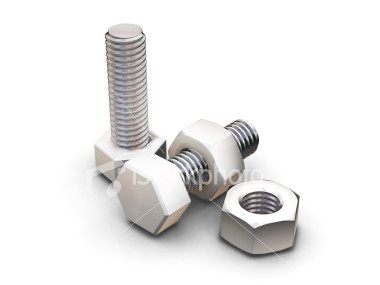
As I’ve said any number of times elsewhere, I think the most important part of a bike is the engine. So how does it work? Well you put some fuel in the tank, press the button on the right hand bar that isn’t the light switch and it goes brmm, brmm, brmm. If you’re unlucky, you might have to prod away at a kickstart and maybe even tickle your carbs, but none of this really tells us what is going on inside the magic steel box of power itself.
Let’s consider the single cylinder engine that you’re likely to get in a 125 (or an even larger capacity trail bike). You’ll probably be aware that your bike has either 1, 2, 3, 4 or even 6 cylinders; essentially each cylinder is an individual engine even though it shares certain components with the others. An engine cylinder is exactly what it says, a circular cylinder inside which a piston goes up and down. The piston fits inside the cylinder very snugly due to several rings fitted into grooves cut into its circumference, these are called piston rings and they take up the gap between the piston and the internal face of the cylinder or bore as it is also known.
Nowadays most engines work on what we call the four-stroke cycle, so called because the piston travels up and down the bore four times for each explosion of power. The first stage of the cycle is called induction: as the piston, which is connected to the crankshaft turning below it, travels down the bore, it creates a vacuum that sucks the air and fuel mixture, which has been created by the carburettor or fuel injection system, into the cylinder. This mixture enters by way of the inlet valve or valves (there may be one or more of these in each cylinder). The valve is opened in a timely manner by the camshaft, which is a rotating shaft with a number of teardrop shaped lobes; and as the shaft rotates, the pointy part of the teardrop pushes the valve open.
Once the piston has reached the bottom of the bore, the induction stroke is complete and the piston begins to rise back up the cylinder. This is called the compression stroke. The inlet valve has been tightly closed by a strong spring so the rising piston, which is firmly sealed against the sides of the cylinder bore by the piston rings, squashes the air and fuel mixture, which raises its temperature (in line with Boyle’s Law of physics) making the concoction increasingly explosive.
The piston squeezes all of the mixture into a small area at the top of the cylinder known as the combustion chamber, and just before it reaches its apex the spark plug, which protrudes into the chamber, creates a powerful electrical spark that ignites the compressed mixture causing a controlled explosion in the form of incredibly rapid burning. The burning gases get extremely hot very quickly and therefore increase in volume rapidly, which causes immense pressure driving the piston back down the bore very rapidly.
This is the moment we have all been waiting for, the power stroke, the big one that actually produces the oomph that spins the crankshaft, which in turn is connected to your back wheel via the gearbox/clutch and a chain, belt or drive shaft.
The final stroke, the exhaust stroke, is the clean up bit where the piston expels all the burnt gases from the cylinder, so that the engine can begin a new cycle. As the piston travels back up the bore, the camshaft opens the exhaust valve and the spent gases are pushed out through it, exiting into the atmosphere via your exhaust system.
Happy Spannering!
